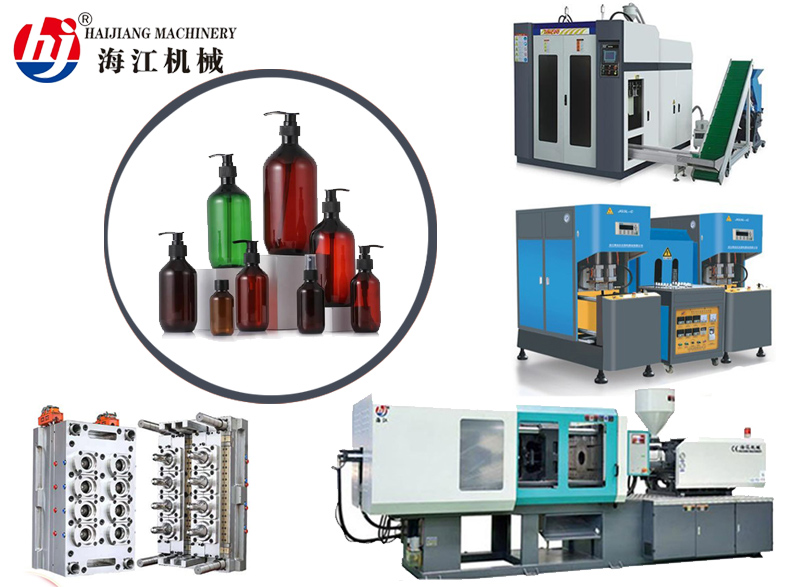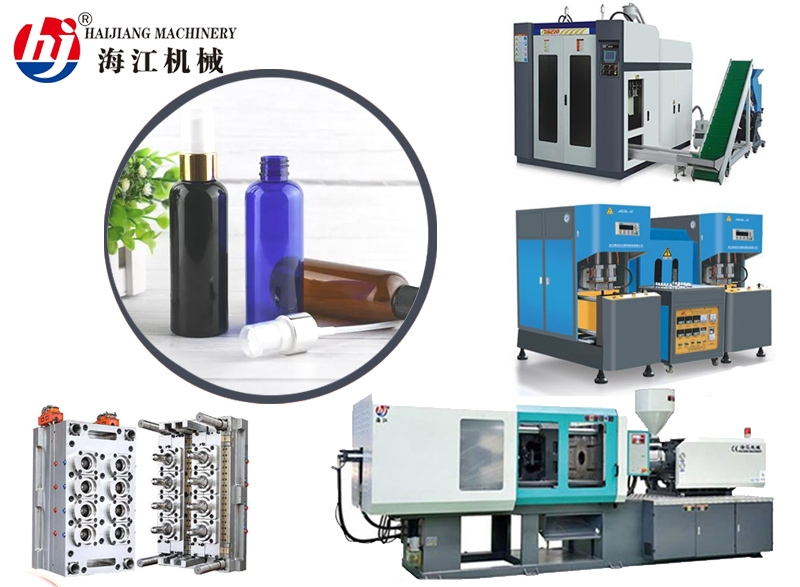LSR (liquid silicone rubber) molders are machines that are used to manufacture products made from LSR. LSR is a type of silicone rubber that is injected into a mold in a liquid form, and it is used to produce a wide range of products, including medical devices, automotive parts, and consumer goods.
LSR molders are typically injection molding machines that are specifically designed for the production of LSR products. They consist of an injection unit, a clamping unit, and a control system. The injection unit melts the LSR and injects it into the mold, while the clamping unit holds the mold in place and applies pressure to ensure that the molten LSR fills the mold completely. The control system is used to regulate the temperature, pressure, and other parameters of the injection molding process to ensure consistent and high-quality production.
LSR molding offers several advantages over traditional manufacturing methods, including the ability to produce parts with a high level of precision and repeatability, and the ability to produce parts with complex shapes and geometries. It is also a cost-effective and efficient process that is widely used in a variety of industries.
Overall, LSR molders are an important tool in the manufacturing industry, and they are used to produce a wide range of high-quality, precise products made from LSR.
Operating an LSR (liquid silicone rubber) molder typically involves the following steps:
Set up the machine: This involves installing the mold in the machine, setting the temperature and pressure parameters, and ensuring that all safety measures are in place.
Load the LSR material: The LSR material is typically loaded into a hopper or barrel, which is then heated to a liquid state.
Inject the LSR into the mold: The LSR is injected into the mold under high pressure, and the clamping unit holds the mold in place and applies pressure to ensure that the LSR fills the mold completely.
Cool and solidify the LSR: The mold is cooled to allow the LSR to solidify, and the finished part is then ejected from the mold.
Perform quality checks: The finished parts are inspected for defects, and any necessary machining or finishing is performed.
Package and ship the parts: The finished parts are packaged and shipped to the customer.
Overall, operating an LSR molder requires a high level of skill and attention to detail, as the process is highly automated and requires precise control of temperature, pressure, and other parameters to ensure consistent and high-quality production. It is important to follow all safety guidelines and procedures when operating an LSR molder, and to regularly maintain and calibrate the machine to ensure optimal performance.





